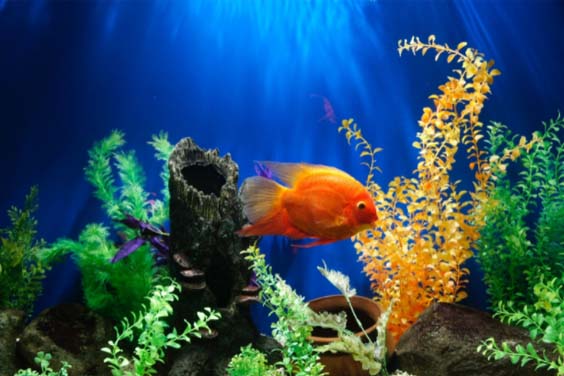
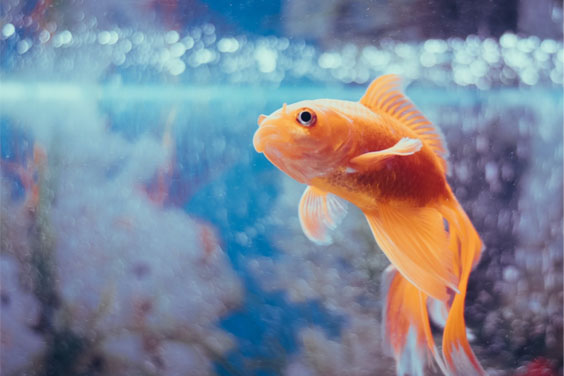
Source: Unsplash
Aquariums are common in many houses, offices, and other establishments. They add a nice touch to the interior space, especially when accessorized with the right lights and filled with the right fish. However, there’s a side of aquariums that an observer may not be aware of, maintenance. It takes a lot to attain that crystal clear water and a healthy population of fish. One small mistake and everything could end down the drain.
Fish tanks require filters for them to sustain fish and these filters come in varying designs, sizes, and functionalities. We are going to look at the different types of fish tank filters that exist, how they function, their strengths and weaknesses, and some of the factors you have to pay attention to when choosing the right filtration system for your fish tank at home. If you are an avid aquarium enthusiast, then this is for you.
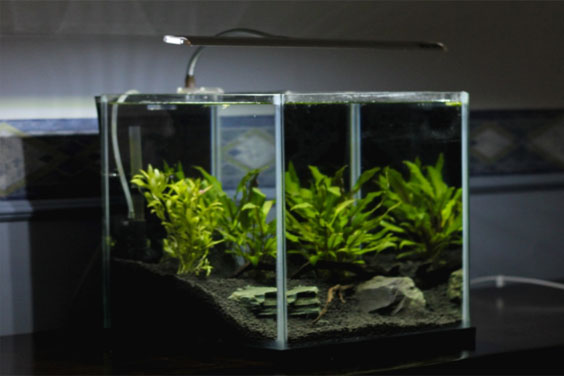
Source: Unsplash
There are many variants of aquarium filters out there, each with their design that’s suited for certain functions in certain fish tanks. On a broader scale, however, they all fall into three categories briefly highlighted below.
Biological Filtration: This is a filtration process that makes use of biological agents to clean the water off harmful microbes and contaminants. It involves the culturing of beneficial bacteria in colonies with the sole purpose of having them fix ammonia and nitrites into nitrates. The bacteria are cultured on surfaces of social filter media like bio balls and ceramic rings that are designed to create the perfect surface area for the bacteria to latch on and work their magic.
Mechanical Filtration: This is the use of a physical filter media to get rid of visible contaminants that find their way into the fish tank. They include the use of filter mats, sponges, socks, among many others. They are strategically placed in fish tanks in positions where they are able to catch any solid debris, which can then be removed physically later on.
Chemical Filtration: This is the use of chemical agents to clean the water in the fish tank. Some of these agents include activated carbon, UV sterilizers, and resins that are toxic enough to work on microbes without causing any harm to the fish populations. Some of the common impurities that chemical filtration is able to get rid of include tannins, dyes, medications, and other impurities that dissolve in the water.
Depending on the filtration type, the needs of your aquarium can use a host of water filters to ensure that the aquarium is conducive for the fish. The following are the most common fish tank filter types that exist in the market right now.
These are the most common types of filters used in fish tanks. Aquarium sponge filters are tiny contraptions that are made of plastic shafts that are covered with a perforated spongy cap that traps debris and other contaminants in the water. The average sponge filter will have a spine, an air pump, and airline tubing through which the water and air pass through.
The pump begins by pushing air into the sponge filter, which in turn displaces water which then attracts any debris close by to the sponge where they are trapped, unable to dislodge themselves. These filter sponges also provide homes for beneficial bacteria, which handle the biological part of filtration for the best impact.
Pros
Cheap
Easy to clean
Easy to install
Provides mechanical and biological filtration
It poses no risk to the fish
It can be operated by battery
Cons
They take up valuable space meant for fish
It doesn’t support chemical filtration
It can be noisy at times
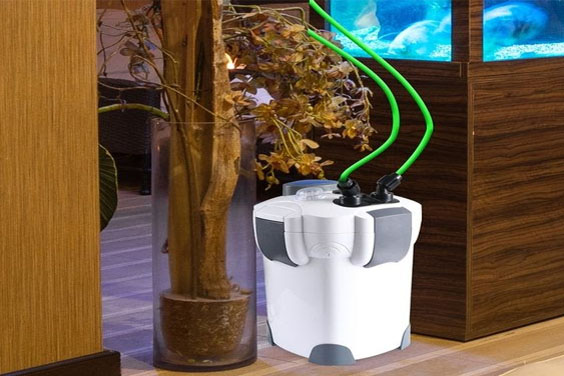
Source: Pinterest
This is a plastic cylinder that houses filters inside and allows the passage of water through it for the filtration process. It is usually placed outside the tank, mostly on the underside, and it comes with two openings that have pipes connected to the tank. One allows the water into the canister whole the other one pushes the water back into the tank through the use of an air pump.
Inside the canister cylinder, there are carefully arranged layers of filter mats and foams that not only grab any debris that’s pulled in by the water but also provide a home for bacteria colonies that handle biological filtration. The more the water is cycled through the canister filter, the cleaner it gets.
Pros
It is external. It doesn’t take too much room
Supports both mechanical and biological filtration
It is customizable
It is quiet
Cons
It is quite expensive
Opening it for cleaning is complicated
No battery backup in case of a power outage
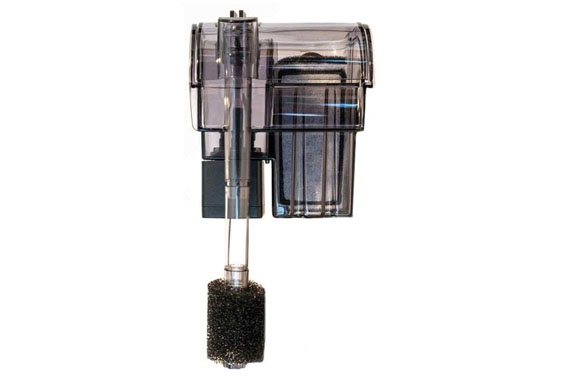
Source: Pinterest
A Hang-on-Back filter media is the type of fish tank filter that is positioned on the top rim of the aquarium, complete with the filter box hanging on the outer side of the tank. It comes with an extended intake tube that is lowered into the aquarium through which the water is sucked with the help of the filter’s powerful motor. The water is then passed through all the filter brushes that are arranged inside the box and returned back to the fish tank in the form of a mini waterfall. This adds to the aesthetic touch making it one of the handiest aquarium filters.
Pros
Highly customizable
It doesn’t take up fish space
The best mechanical filtration
Creates a waterfall that aerates the water further
Easy to maintain
The flow rate can be adjusted
Cons
There’s a danger of burn out if the filter runs dry
Noisy due to the waterfall
At full power, it may pose a danger to the fish
This is a special type of filtration design where the water flows through sand and silica granules at the bottom, which causes the sand to swirl around at the bottom like fluid, on top of creating a beautiful effect in the water tank, the constant churning and turning of the water boost, the growth of bacteria by ensuring that oxygen is dissolved into the water properly. These bacterial colonies then start fixing the water through biological filtration. The fluidized bed filter is among the safest filter systems as they are gentle and rarely affect the fish even when they come too close.
Pros
Efficient and safe filter
Oxygenates the water
Provides a breeding ground for beneficial bacteria
It has a sponge filter to stop fish from being sucked in
Secure and durable construction
Cons
It is very tall and only works in tall tanks
It is not customizable
Quite noisy at times

Source: Unsplash
Sometimes tapping into nature is all it takes to ensure the aquarium is clean at all times, and the best option for you here would be plants. There are some aquariums that come with water plants inside, and these provide the perfect breeding ground for bacteria which in turn fix the water through biological filtration.
On top of that, they provide a home for the fish, and they produce oxygen too, two important factors that will greatly benefit the fish as it creates an environment that’s closest to their natural habitats. To grow, they require ammonia and nitrogen, two compounds that can be found in fish waste. No matter the angle you look at it, using aquarium plants is one of the most self-sustaining filtration options for aquariums so far.
Pros
They support bacteria
They provide a home for the fish
Utilizes ammonia and nitrogen
Oxygenates the water
They make the fish tank look stunning
Cons
No chemical or mechanical filtration
It provides grounds for algae to grow too
You have to prune dead leaves or risk contamination
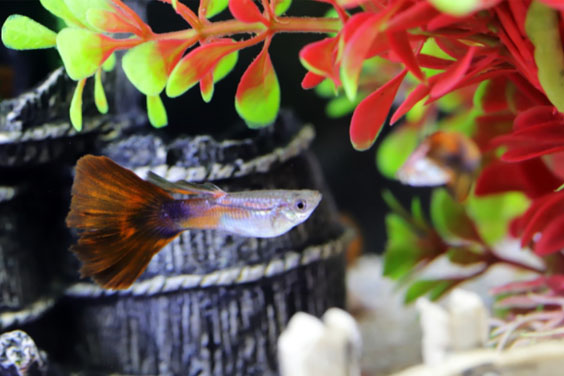
Source: Pixabay
There are some species of fish that are very sensitive, and any slight changes in the water’s condition can lead to serious health issues and even death. As much as aquarium filtration setups should be the priority, there are some other things that you should never do to ensure that the fish stand a fighting chance. Some of these things include the following.
Avoid dropping plastics into the fish tank. Fish may enjoy a little tumbling and jumping, but plastics release toxins into the water, and these may poison the fish leading to premature death.
Avoid dripping ceramic bits into the fish tank as fish tend to swallow them, and they could pose a danger to them. Ceramics are as hard as glass, and if the wrong edge is swallowed by the fish, it could cause internal injuries.
After feeding the fish, ensure any leftover food crumbs are removed by a sieve. Letting the food settle at the bottom will lead to contamination and spur the growth of algae. In the same breath, don’t overfeed the fish; just give them what they can eat at the recommended intervals.
Untreated wood is also another dangerous object that should be kept away from the fish tanks. Untreated wood releases chemicals when it stays too long in the water, and this may affect the chemistry of the water, which will then affect the health of the fish.
Don’t use beach sand in your aquarium. Most aquariums come with sand already. Be aware that this is treated sand that has been made safe for the fish. Dropping in sand you hauled from the beach will introduce new contaminants that will lead to complications.
Shells and corals may look like a good idea to add into the aquarium, but they too should never be dropped inside. Unless they are treated, they carry the risk of introducing dangerous microbes and changing the water chemistry.
You should never dip your hands into the water tank at any given time. If you have to clean dirty sponge filters for instance, you should either use tongs or wear long gloves. The human hand is home to a lot of bacteria which will quickly spread and turn the water toxic.
There’s no fixed way of keeping the aquarium clean; you are open to trying out different things until you find what works for you. You can even explore DIY tips and tricks from people who have had success with them. One thing that remains a fact here is that maintaining the aquarium is a priority. For more detailed information on how to go about this the right way, make sure you check out websites for valuable tips.




Leave a Reply